Like many enthusiastic photographers, I have long yearned for a Leica. The M series have always seemed to me to be the epitome of 35mm rangefinder cameras, however the associated costs are far less attractive. I once borrowed a Barnack Leica iii, and, while I could appreciate it’s quality, I found it an utter pain to use. The unexpected chance to own a Contax iia at a reasonable price, led to my ownership of a very nice example. The reality didn’t match the dream however, as once again I simply didn’t like it in actual use, and sold it without any regret.
My experiences with the Russian variants have been mixed in terms of outcome, but none have been a camera which I looked forward to loading with film and heading out on a photographic adventure. Useability coupled with pleasure is absolutely crucial in any camera I own, and if it doesn’t have that vital spark, I don’t want it, regardless of it’s name or reputation.
A couple of years ago, while idly perusing the well known auction site, I came across a Leidolf Lordomat rangefinder. I was immediately drawn by it’s handsome looks. The fact that it was a 1950’s German rangefinder with interchangeable lenses further piqued my interest. This alone wasn’t enough to persuade me, as after all I’d learnt that lesson with the Contax. Researching the Leidolf online produced little in the way of information or reviews, but what existed, was on the whole positive. I’d also bought from the seller previously. I knew him to be a keen photographer, and had found him to be a honest broker. The price was very reasonable, so I went ahead and bought it.
When it arrived, I was immediately taken by it’s neat design, decent build quality, and ease of use. While mostly conventional, it has one particular quirk in that the film winder works by a double stroke lever towards the photographer. This involves using my index finger instead of my thumb as is the case with most other cameras. I was surprised at how quickly I was able to adopt to this action. The lenses, of which I have a standard 50mm and a 35mm focal lengths, utilise a mount with a locating keyway and a screw thread locking collar. The viewfinder is decent rather than excellent, and loading film is simple as the whole back removes. In all matters relevant to my rangefinder wants, this camera has proven to be the best fit so far.
Shooting predominantly in black and white, I love strong contrast. I have always adored the stark, sun-washed images and corresponding shadows, which typify photographs taken in exotic places where strong sunlight is a regular and reliable fixture. My all time favourite photographer of such images is Fan Ho, whose body of work is amongst the most delightful I’ve seen. His images are such that I can spend several minutes looking at a single frame, marvelling at his artistry.
Living in the north of England, grey skies and rain are the default setting, and not really ideal for capturing the images I admire. The Manchester Ship Canal is a poor substitute for the port of Hong Kong, however Manchester and Stockport do have great Victorian architecture. I wanted those stark, contrasty images, and what I needed was some sunshine.
June 2023, in much of Britain, delivered an unusually good early summer. The mornings were full of bright sunshine, and there were long days when the sun was bold. Gentle evenings lingered in a stillness where the light faded into a mellow dusk. It was the mornings which most excited me, and the prospect of a clear bright sky with harsh light and deep shadow. The knowledge that the places I wished to photograph would be mostly empty was another factor, as I’m not a street photographer in the conventional sense. I like figures in an image as an element, as opposed to their being the primary subject.
Once the Leidolf Lordomat was loaded with Ilford FP4 film, I set out on two early mornings to photograph in Manchester and Stockport. These two locations have an abundance of fine old buildings and industrial structures, mostly from the Victorian age, when the industrial revolution was at it’s zenith. The Lordomat is a completely manual camera, and it has no light meter. I sometimes use the sunny sixteen method, but mostly prefer to rely on a Sekonic Twinmate L 208, which is tiny, lightweight and looks and reads like a traditional Weston type meter with an analogue display. All my images were developed at www.southsun.co and the post process carried out at home using the Snapspeed app on my mobile phone. This consisted mostly of boosting the contrast and the occasional straightening and crop.
Using the Leidolf Lordomat is a pleasure because it’s simple. It’s not too small for someone like myself who has large hands, it has a decent heft, but it’s not too heavy. Focusing is quick and accurate, but setting the shutter and aperture have to be done first with the camera away from the eye. The leaf shutter is quiet, and the wind on is quick despite it being a two stroke cocking mechanism.
Is the Leidolf Lordomat the latest candidate for the ‘poor man’s Leica’ title? The answer is no. Leica and Contax are a breed apart for a reason. They have a long and proven record of producing some of the greatest cameras ever made. There are many variations, and they have access to a bewildering variety of lenses. Their associations with the greats of photography only enhance their mystique. They also have the benefit of an established dealer and repair network, as well as a devoted and knowledgeable following amongst photographers.
The Lordomat, by contrast, is a one off model, (although there is a version with a built in light meter, and another with a fixed 50mm lens) and with access to three lenses in total. I don’t know, or know of, anyone else who owns one. It has no heritage other than it’s maker mostly produced nicely made, but simple viewfinder cameras, and seems to have vanished into history unremarked.
The Lordomat therefore is not a new pretender to the crown, and it never was. Rather it is simply a well made and nicely specified camera which is capable of good results. Prices have increased somewhat over the couple of years since I obtained my example, however they still represent excellent value for what they offer.
Do I still want an M series Leica? Of course I do, but finances mean that they remain a dream. Even if I did manage to buy one, the cost of a couple of decent lenses are sufficient to shake me out of my daydreaming. The Canon rangefinders of the same era do look tempting though.
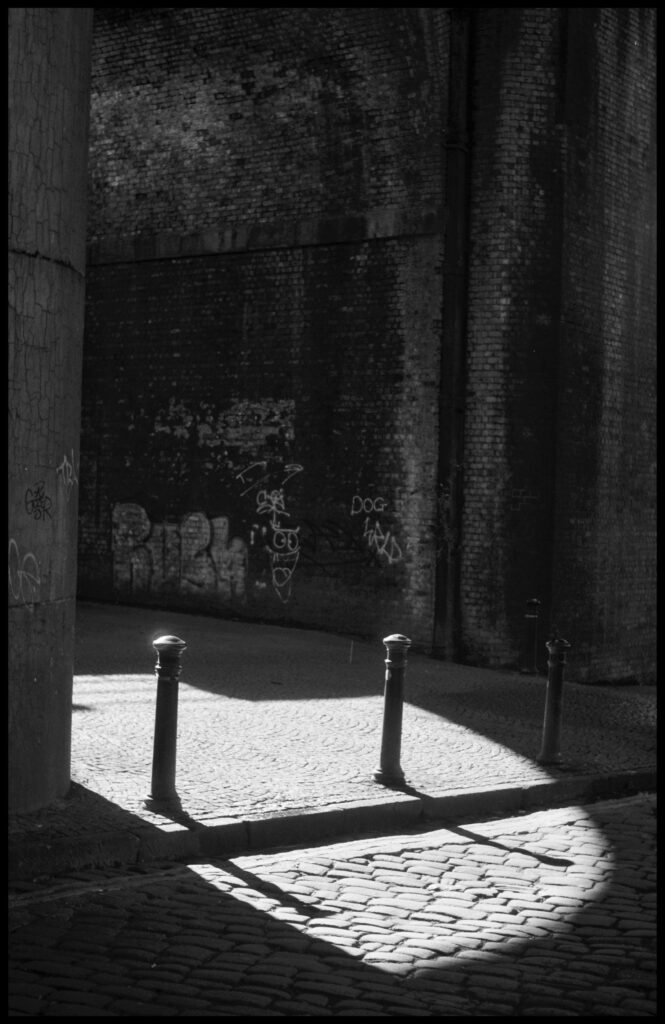
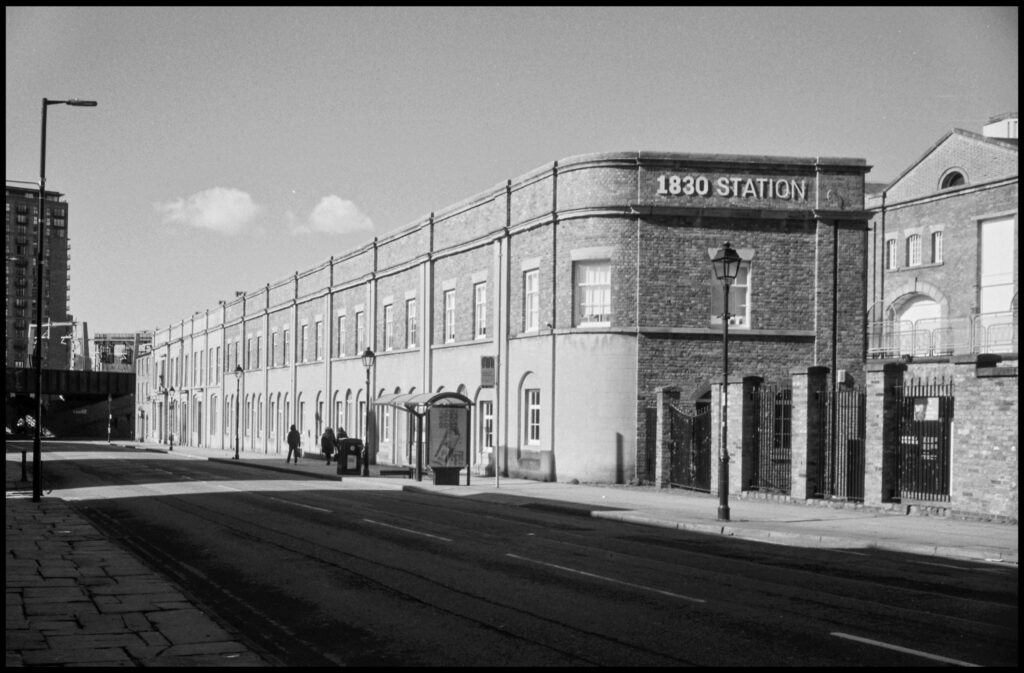
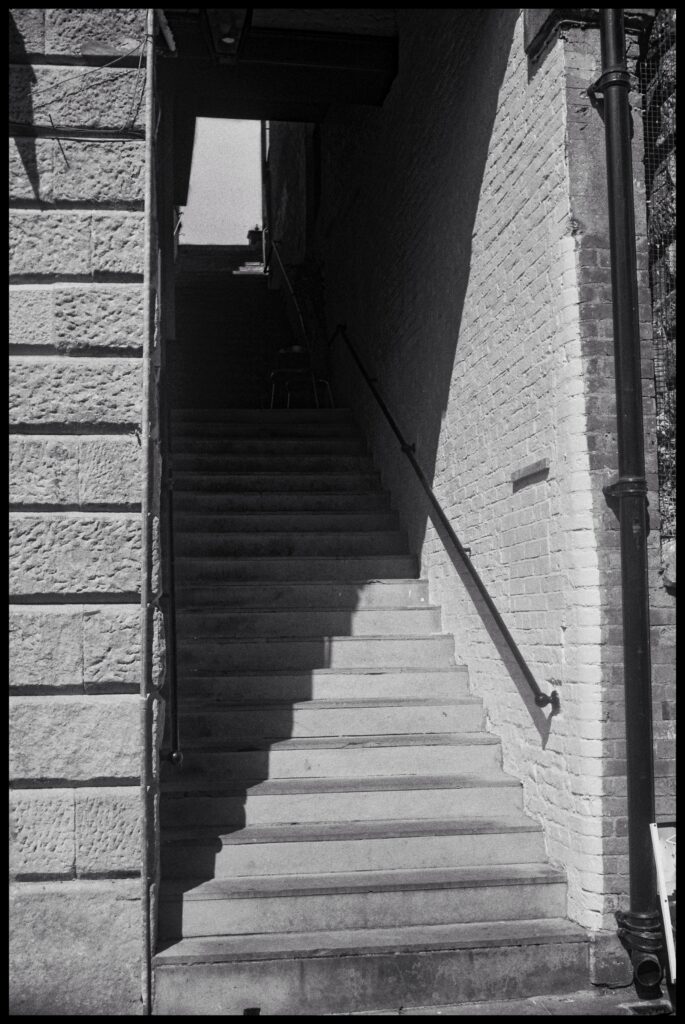
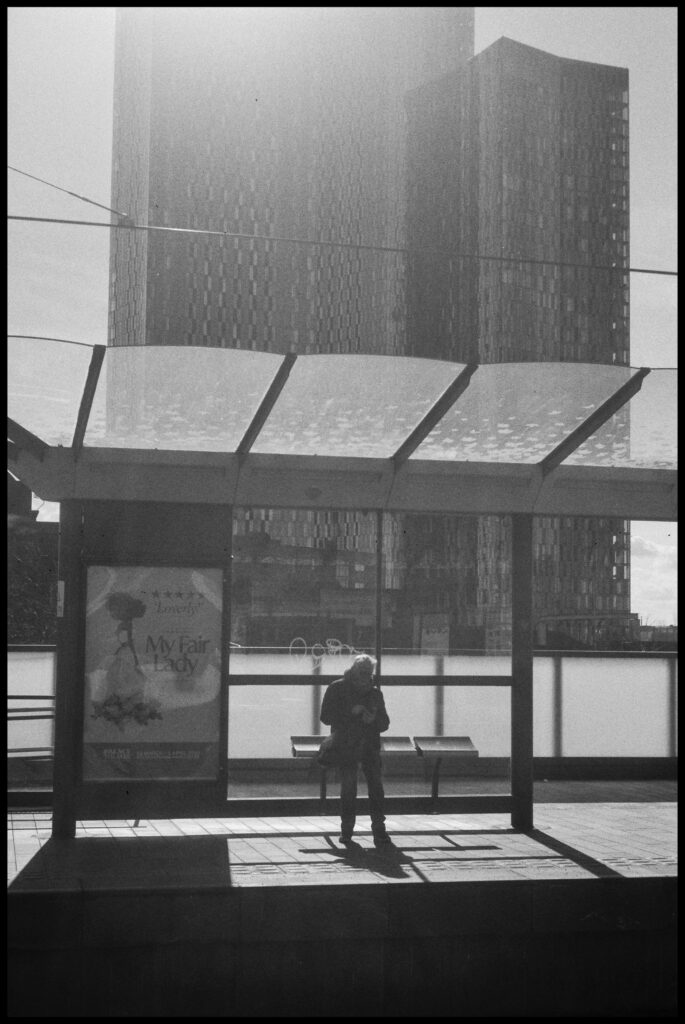
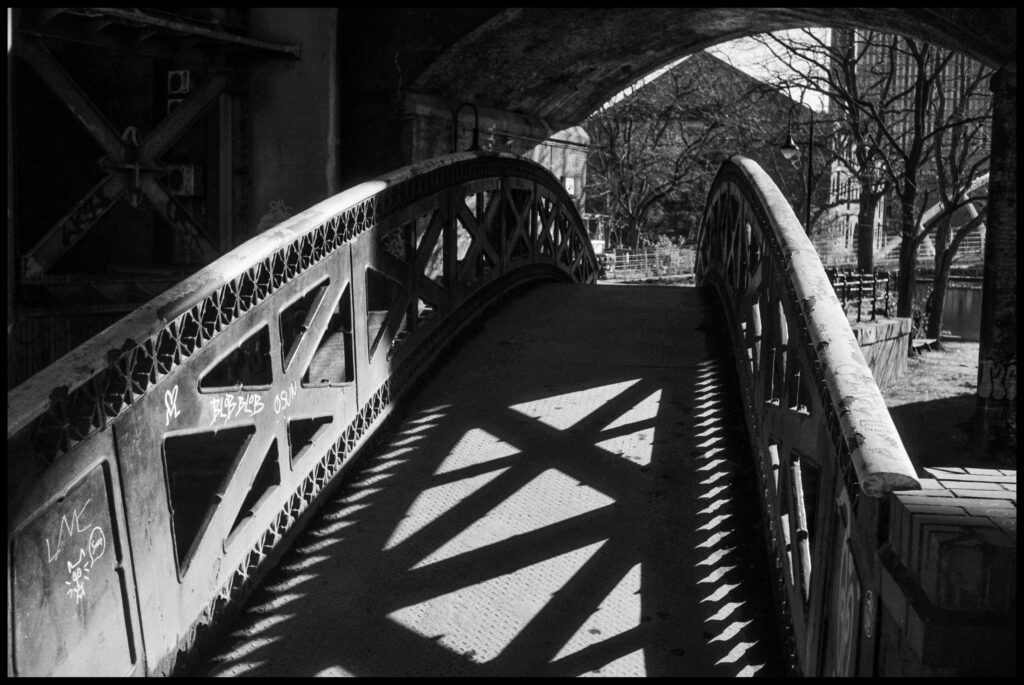
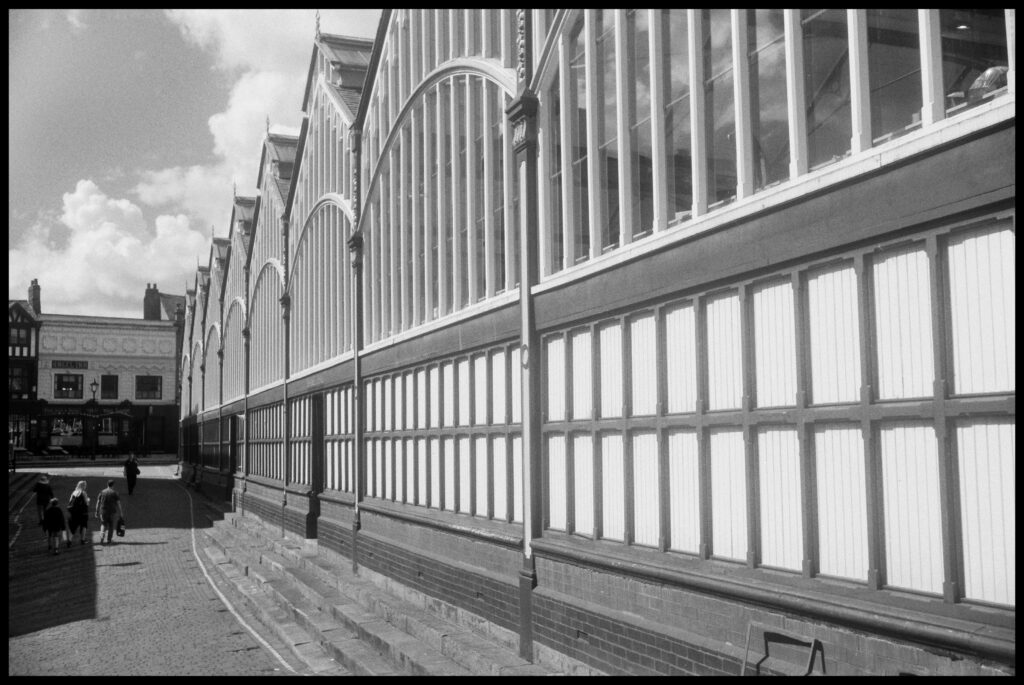
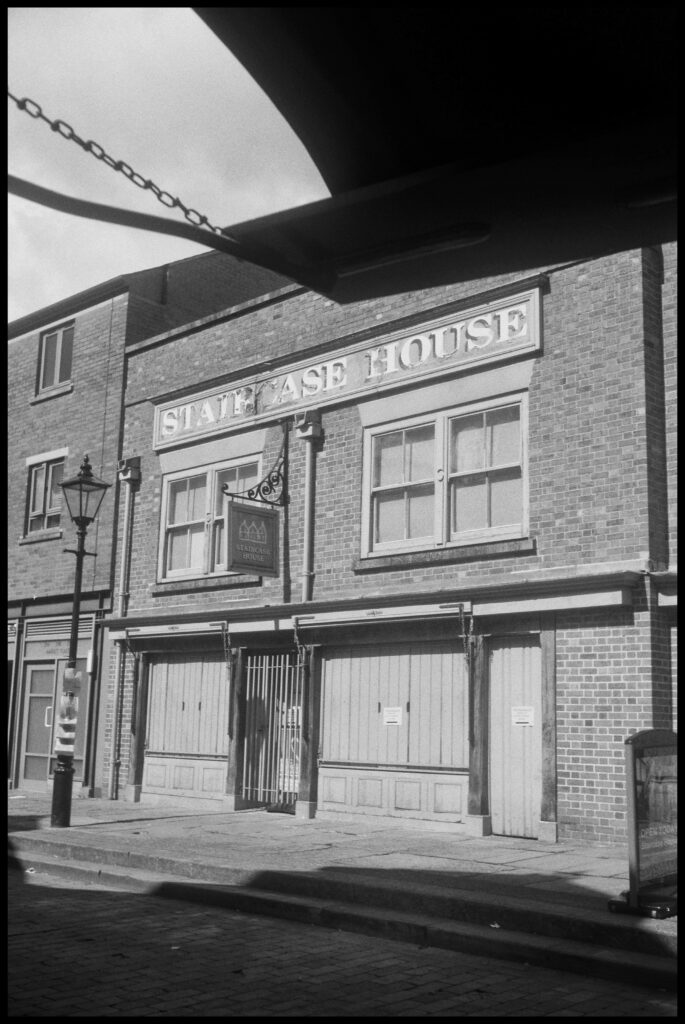
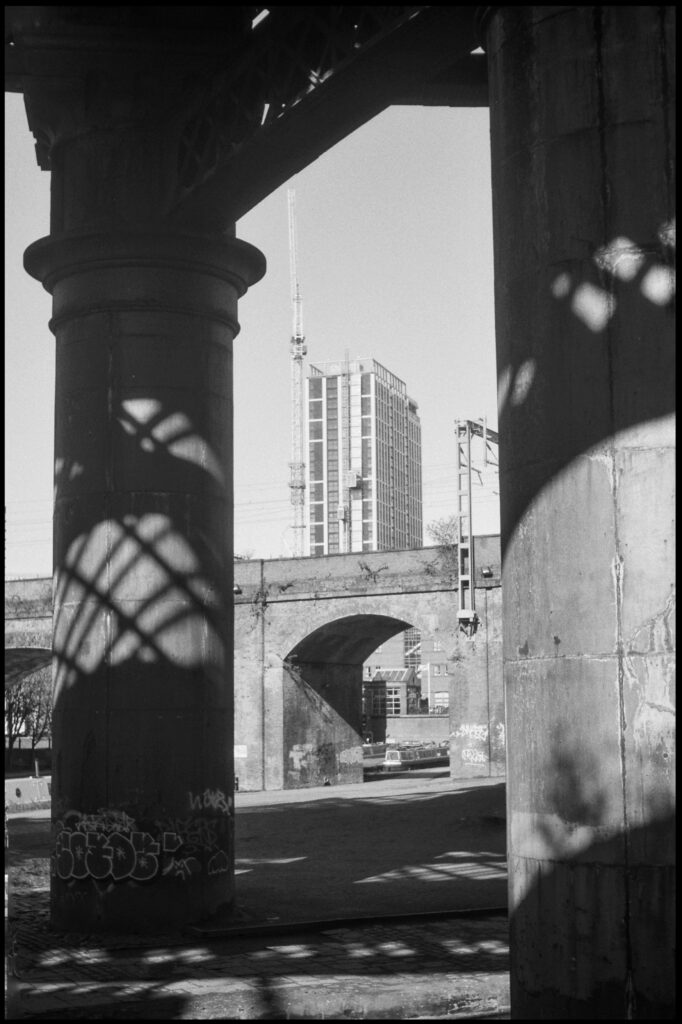
Share this post:
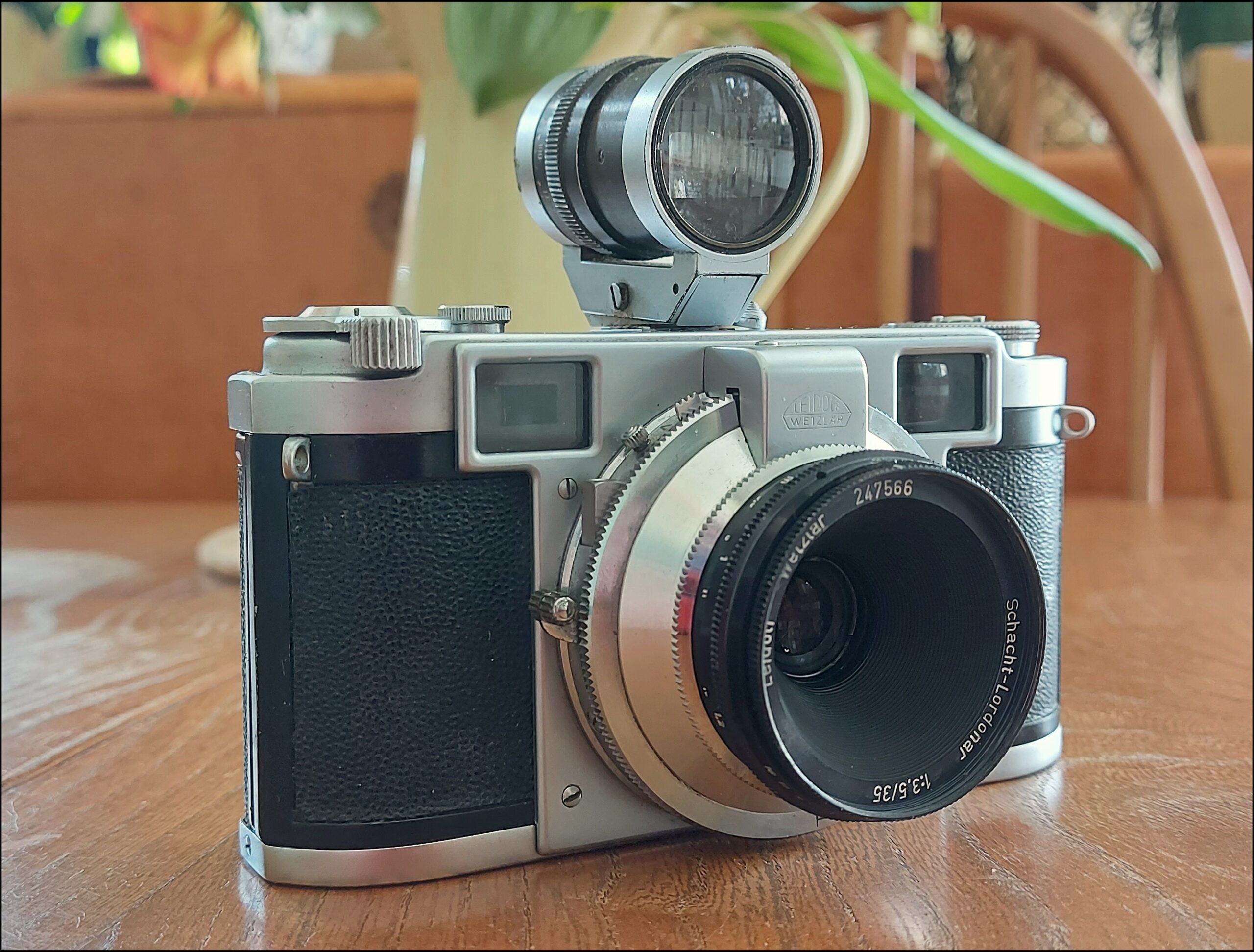
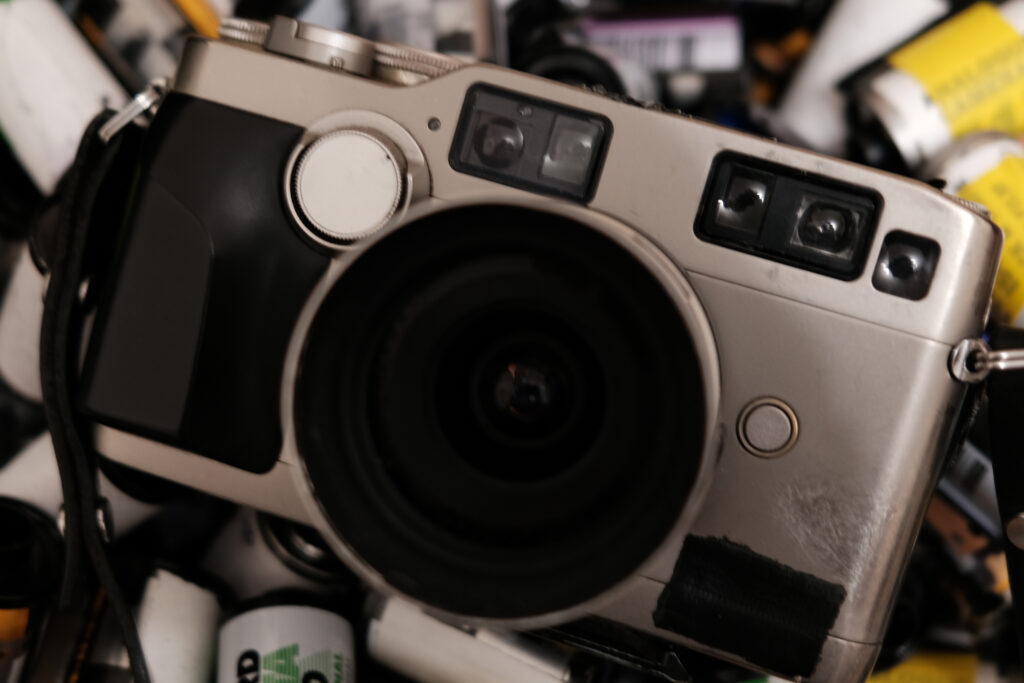
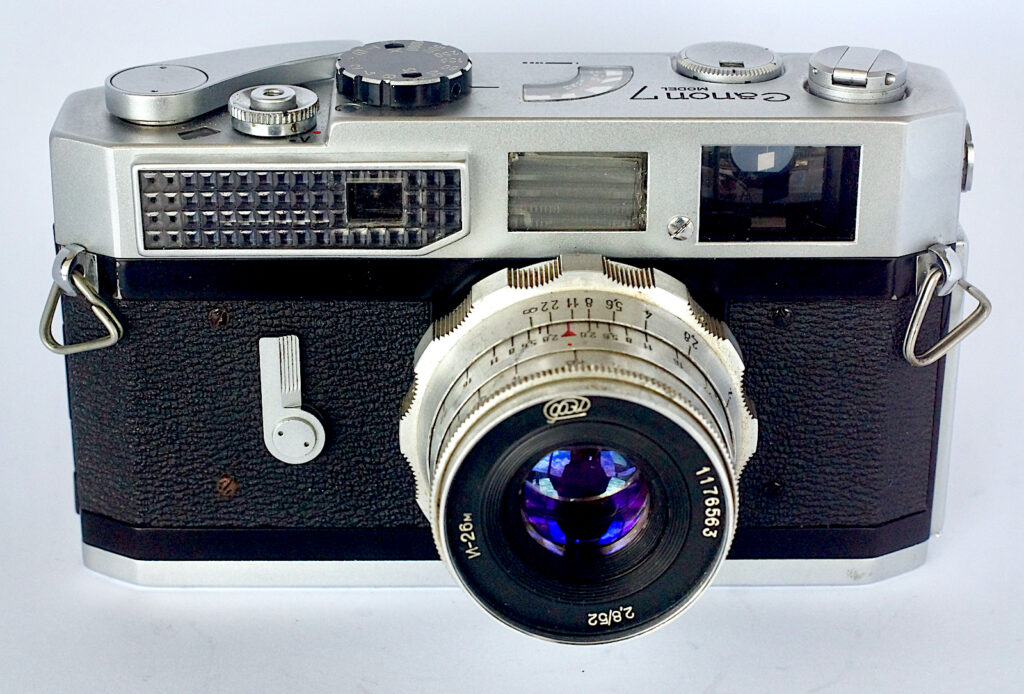
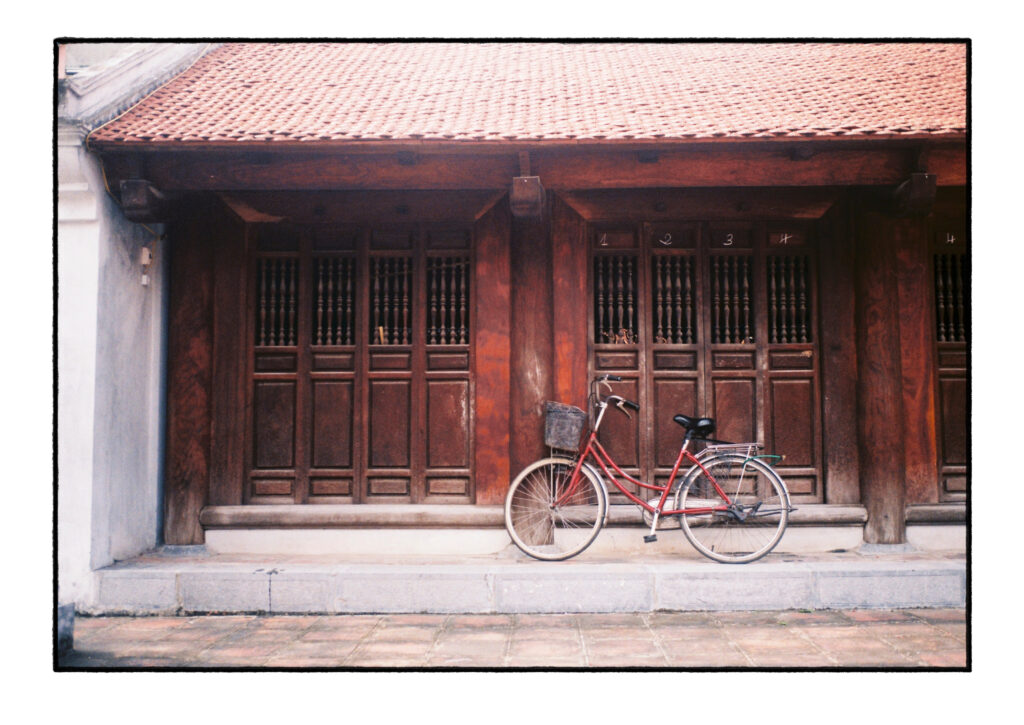
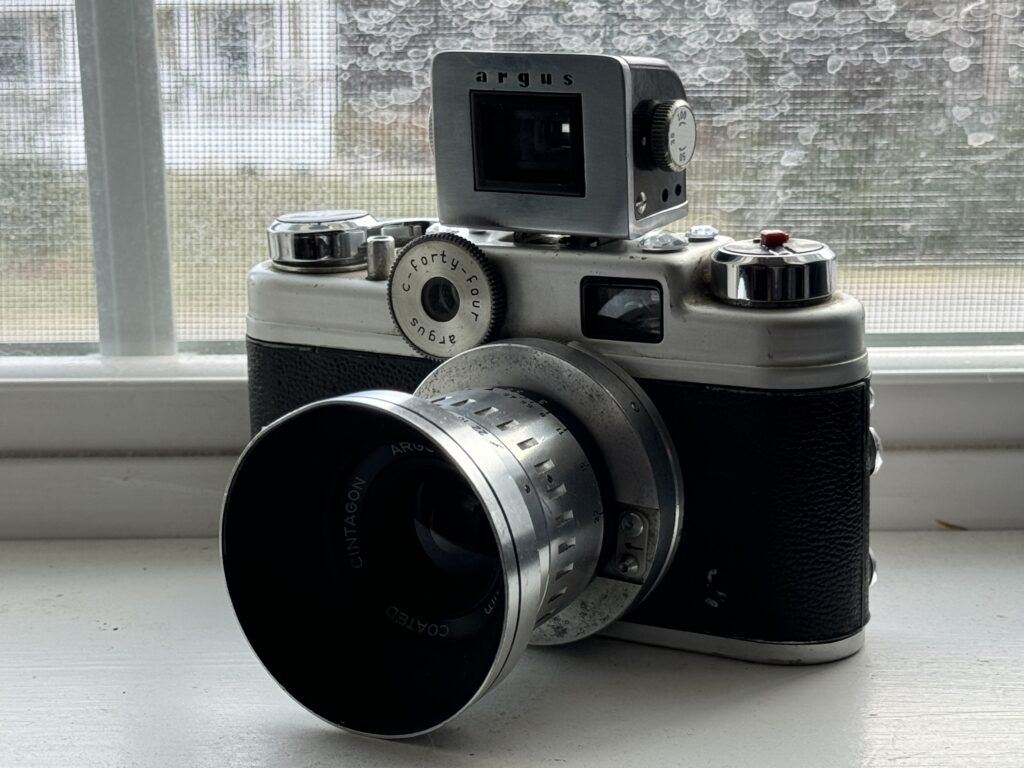




Comments
Ibraar Hussain on Leidolf Lordomat – Capturing Light and Shade
Comment posted: 19/04/2024
My thoughts have echoed yours - I ended up with a Contax G2 when they were very affordable.
I had been eyeing up one of the original Minolta RF’s which have the M3 look.
How’s the finder on the Leidorf? And focussing ?
Beautiful contrasty B&W work. Love it
Comment posted: 19/04/2024
Comment posted: 19/04/2024
Charles Detheridge on Leidolf Lordomat – Capturing Light and Shade
Comment posted: 19/04/2024
Comment posted: 19/04/2024
Curtis Heikkinen on Leidolf Lordomat – Capturing Light and Shade
Comment posted: 19/04/2024
Comment posted: 19/04/2024
Gary Smith on Leidolf Lordomat – Capturing Light and Shade
Comment posted: 19/04/2024
At 70 years old, I also always dreamt of owning a Leica. I started with the iiic and got along just fine with it. I'm currently waiting for my first roll of Tri-X from the recently acquired M3. My initial lens for the M3 is the TTArtisan 50/1.4. We'll see how that worked out once my scans are back.
Comment posted: 19/04/2024
Comment posted: 19/04/2024
Comment posted: 19/04/2024
Daniel Emerson on Leidolf Lordomat – Capturing Light and Shade
Comment posted: 19/04/2024
Enjoyable read where you articulated and helped me bring to the surface what I knew intuitively, that there were cameras that are a joy to use. The machine becomes an extension of the self, providing an intuitive interface enabling the capability of photographer, that to craft an image using the available parameters. Having a device to enhance rather than hinder that process, for me, motivates the desire to engage, to drop into the zone where nothing else exists beyond the scene, the controls and perceived image to be captured.
Your read prompted an evaluation of my inventory of 35 mm devices to discover a purely manual SLR, a purely automatic SLR, and a DSLR. The commonality, all came from the same brand: Pentax.
This has prompted a new experience, to quietly engage in a process of equipment shedding to remove the clutter from my creative life.
Thank you.
Regards
Dan Emerdon
Comment posted: 19/04/2024
Daniel Emerson on Leidolf Lordomat – Capturing Light and Shade
Comment posted: 20/04/2024
https://en.m.wikipedia.org/wiki/35_mm_movie_film#:~:text=In%20motion%20pictures%20that%20record,34.976%20%C2%B1%200.025%20mm)%20wide.
And I see that continuing pioneering in both the sleek design and your response to the Leidorf.
Enjoyed your photos. Lots of perspective and use of space.
Thanks again for your post.
Regards
Daniel
Comment posted: 20/04/2024
Paul Quellin on Leidolf Lordomat – Capturing Light and Shade
Comment posted: 20/04/2024
Comment posted: 20/04/2024
Jim Palmer on Leidolf Lordomat – Capturing Light and Shade
Comment posted: 21/04/2024
Comment posted: 21/04/2024
ShugP on Leidolf Lordomat – Capturing Light and Shade
Comment posted: 17/06/2024
Comment posted: 17/06/2024
Michael Avison on Leidolf Lordomat – Capturing Light and Shade
Comment posted: 14/11/2024
Kevin Lord on Leidolf Lordomat – Capturing Light and Shade
Comment posted: 19/04/2025
As I was reading the first few paragraphs I was enjoying your writing. And then you mentioned Fan Ho. So now I am hooked! I have dabbled with rangefinders in the seventies and again recently. A couple of days ago, I was at a workshop in Nashville TN. One of the guys there had a Leica 240 and let me take a look. I loved it! GAS for film cameras that cost 20 pounds is one thing but digital Leicas take it to another level!
Your contrasty monochrome images are excellent. I even recognized the Stockport Market in one of them. I used to go there with my mother in the early sixties. And lastly, discovering in a comment that there is a photography museum in Virginia, just one state away from my home in North Carolina is a great find.
Thank you
Comment posted: 19/04/2025